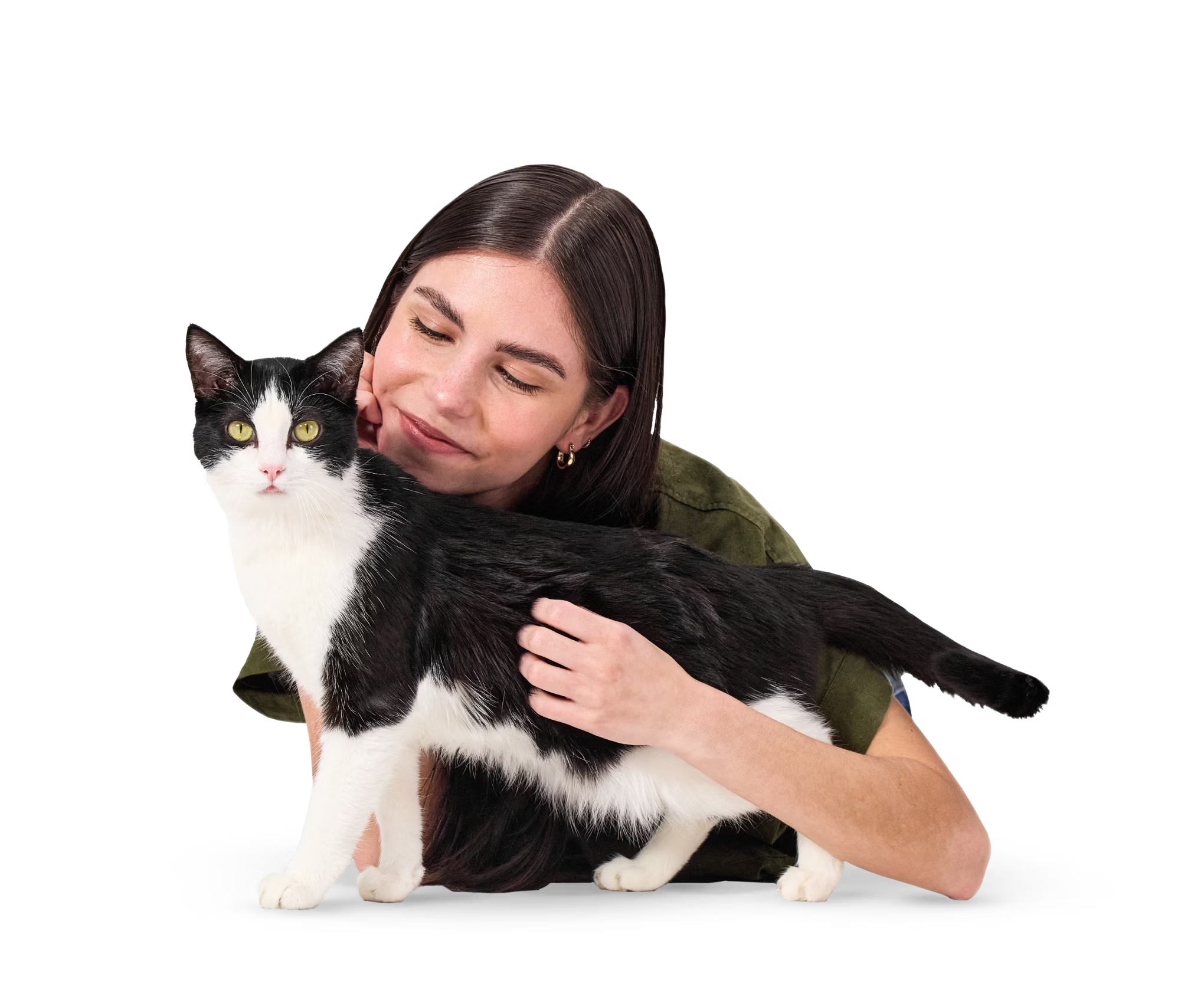Cystinuria Type B (Variant 2)
Cystinuria is a condition that predisposes cats to form cystine crystals and stones within the urinary tract, which can then cause irritation and blockage.
Key Signs
Bladder inflammation, Bloody urine, Difficulty in urination, Inappropriate urination, Urinary stones and crystals, Urinary tract obstruction, Lethargy, Hypersalivation, Seizures
Age of Onset
1 to 4 yrs
Junior to adult onset
Inheritance
Autosomal Recessive
For autosomal recessive disorders, cats with two copies of the variant are at risk of developing the condition. Cats with one copy of the variant are considered carriers and are usually not at risk of developing the disorder. However, carriers of some complex variants grouped in this category may be associated with a low risk of developing the disorder. Individuals with one or two copies may pass the disorder-associated variant to their kittens if bred.
Likelihood of the Condition
Moderate-high likelihood
At risk cats are likely to show signs of this disease in their lifetime.
What to Do
Here’s how to care for a cat with Feline Cystinuria
Partner with your veterinarian to make a plan regarding your cat’s well-being, including any insights provided through genetic testing. If your pet is at risk or is showing signs of this disorder, then the first step is to speak with your veterinarian.
For Veterinarians
Here’s what a vet needs to know about Feline Cystinuria
Cystinuria is a metabolic disorder characterized by the formation of cystine calculi and stones in the urinary tract. The disease is caused by defective renotubular reabsorption of amino acids (arginine, lysine, cystine, and ornithine) resulting in the formation of urinary cystine crystals, urolithiasis, and urinary tract obstruction in some cases. Clinical signs may develop as early as two months of age; however, some individuals may not show signs until middle-age. Clinical signs include nonspecific signs of feline lower urinary tract disease, such as stranguria, pollakiuria, and hematuria. Urolithiasis has potential to cause urinary obstruction. Urinary obstructions require rapid intervention to prevent subsequent development of renal failure. Urinary stones usually require surgical removal. Not all cystinuric cats will form cystine crystals or uroliths, and cats with a later onset of clinical signs may have a milder degree of cystinuria than cats developing signs at an early age. The recurrence of uroliths is very high in affected cats. In addition to the clinical signs of lower urinary tract disease, cystinuric cats may show neurologic signs such as hypersalivation, lethargy, and even seizures. Various causative mutations have been found in cats with equal frequency in males and females.
The condition can be partly managed through increasing water intake, dietary therapy, and urinary alkalinizing agents. Existing cystine stones are most commonly removed by surgical methods. Recurrence of cystine uroliths after removal is high in stone-forming cats. A blocked urinary tract is a life-threatening condition that usually requires emergency treatment.
For Breeders
Planning to breed a cat with this genetic variant?
There are many responsibilities to consider when breeding cats. Regardless of test results it is important that your cat is in good general health and that you are in a position to care for the kittens if new responsible owners are not found. For first time or novice breeders, advice can be found at most cat registry websites.
This disease is autosomal recessive meaning that two copies of the mutation are needed for disease signs to be shown. A carrier cat with one copy of the Feline Cystinuria mutation can be safely bred with a clear cat with no copies of the Feline Cystinuria mutation. About half of the kittens will have one copy (carriers) and half will have no copies of the Feline Cystinuria mutation. Kittens in a litter which is expected to contain carriers should be tested prior to breeding. Carrier to carrier matings are not advised as the resulting litter may contain affected kittens. Please note: It is possible that disease signs similar to the ones caused by the Feline Cystinuria mutation could develop due to a different genetic or clinical cause.
Technical Details
| Gene | SCL7A9 |
|---|---|
| Variant | G>A |
| Chromosome | E2 |
| Coordinate | 20,218,196 |
All coordinates reference FelCat9.0
We’ve spent the past 20+ years devoted to DNA. Our team of scientists and vets have spent decades developing the most accurate pet DNA test. Because every pet deserves to have their whole story told. We’ve collaborated with leading academic institutions, innovative research labs, and Banfield Pet Hospital™ to make our process exceptionally precise, fast, and affordable.

References & Credit
Credit to our scientific colleagues:
Mizukami, K., Raj, K., Osborne, C., & Giger, U. (2016). Cystinuria associated with different SLC7A9 gene variants in the cat. PLoS ONE, 11(7). View the article